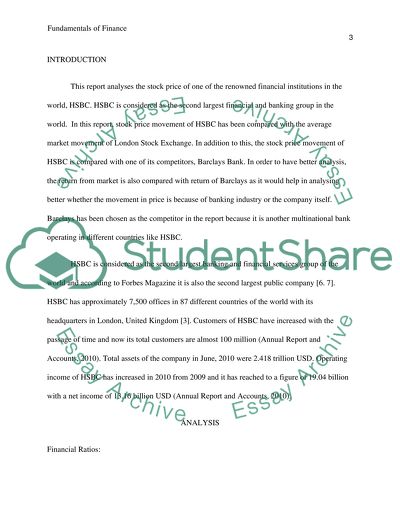Cite this document
(Fundamentals of Finance: Analysis of the London Stock Exchange Market Coursework, n.d.)
Fundamentals of Finance: Analysis of the London Stock Exchange Market Coursework. Retrieved from https://studentshare.org/finance-accounting/1434768-fundamentals-of-finance
Fundamentals of Finance: Analysis of the London Stock Exchange Market Coursework. Retrieved from https://studentshare.org/finance-accounting/1434768-fundamentals-of-finance
(Fundamentals of Finance: Analysis of the London Stock Exchange Market Coursework)
Fundamentals of Finance: Analysis of the London Stock Exchange Market Coursework. https://studentshare.org/finance-accounting/1434768-fundamentals-of-finance.
Fundamentals of Finance: Analysis of the London Stock Exchange Market Coursework. https://studentshare.org/finance-accounting/1434768-fundamentals-of-finance.
“Fundamentals of Finance: Analysis of the London Stock Exchange Market Coursework”, n.d. https://studentshare.org/finance-accounting/1434768-fundamentals-of-finance.


